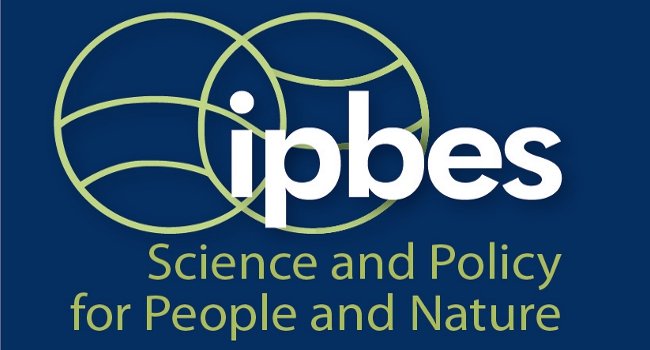Mangrove forests are highly productive ecosystems distributed along the tropical coast line. Nutrient biogeochemistry of mangroves are primarly driven by both allochthonous and autochthonous sources. Characterization of organic matter in coastal ecosystems enables to understand the biogeochemical transformation of organic matter and its influence on ecosystem productivity in response to various changing environmental conditions. Therefore, the elemental and stable carbon and nitrogen levels were employed to understand the organic matter (OM) dynamics in the Sundarban mangrove ecosystem (India-Bangladesh).Differences in stable isotope values indicate that variable sources influence the OM dynamics in Sundarban sediments. The progressive enrichment in δ 13C levels along the land-coastal continuum indicates that the terrestrial and marine inputs are dominant at the landward and seaward ends, respectively. The CuO oxidation-derived lignin phenol monomers describe significant levels of total lignin are preserved in Sundarban mangrove sediments during diagenesis. The phenol monomer ratios are lower than the plant litter explaining that aromatic ring cleavage is the dominant mechanism for the lignin degradation. Furthermore, the Ad/Al ratios were higher than the plant litter explaining the oxidation of propyl side chain of vascular OM influencing the carbon cycling in Sundarban sediments. Largely, the Ad/Al ratios describe the vascular OM degradation is through the oxidation of propyl side chain.The regional variability in land-use regulates the spatial variability in C, N, OC/TN ratio, δ 13C and δ 15N between the Indian and the Bangladesh Sundarban mangroves and indicates that in the upstream terrestrial organic matter and/or mangrove plant litter contribute significant amount of organic matter, whereas the marine POC influences the organic matter dynamics in downstream. The three end-member mixing model applying terrestrial plant litter, seston, and marine POC as end-members explains the relative contribution of OM from various sources, and marine inputs were dominant in Sundarban sediments.
Peer-reviewed publication

